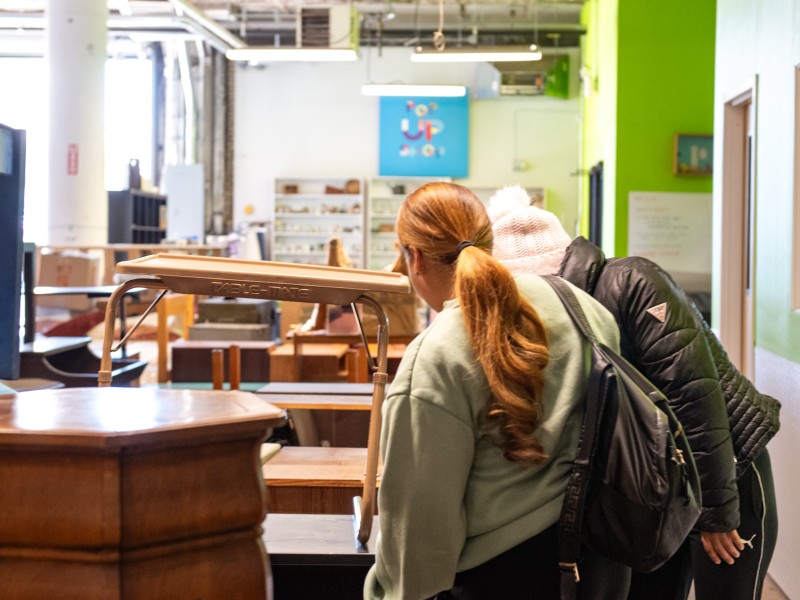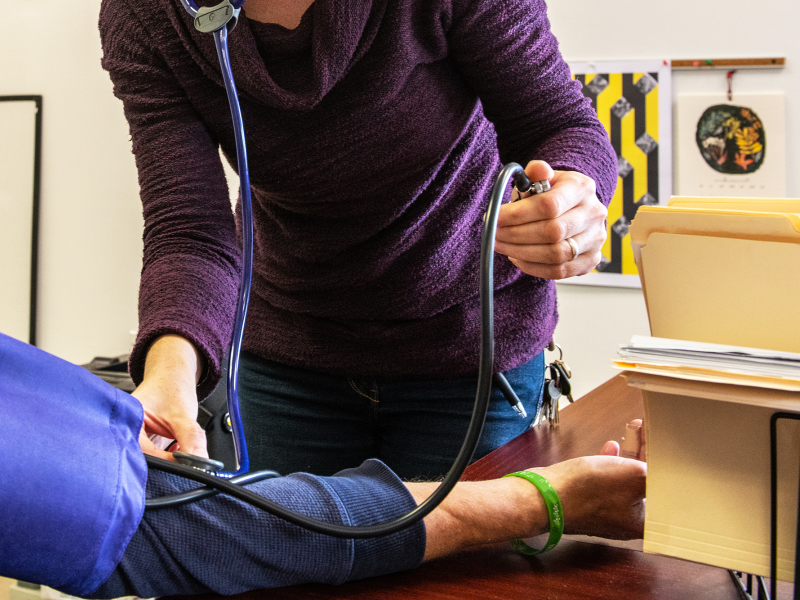Doing more good than harm
This story is from The Pulse, a weekly health and science podcast.
Find it on Apple Podcasts, Spotify, or wherever you get your podcasts.
When Joe Quinn started out working in harm reduction — he had his doubts.
“It was just so out there,” Quinn said. “I believed it as being, I’m enabling this person. I’m being okay with his lifestyle …Usually you’re going to kill yourself or end up in prison. Those are the end results, or just add more misery onto your life.”
Quinn is a certified peer specialist and treatment care manager in opioid interventions at Pathways to Housing in North Philadelphia.
His job comes down to helping people addicted to opioids work towards recovery, which means that sometimes, the best approach is minimizing the risks of substance abuse, rather than trying to force abstinence. That means letting people continue to use drugs.
This approach, called “harm reduction,” consists of health policies and practices that help to reduce the risk of drug overdoses and death. Its popularity is growing nationally as communities continue to fight the opioid crisis.
It’s also been met with skepticism and resistance, as many consider it supporting a person’s addiction.
Read the full story, or listen to the podcast episode, here.


